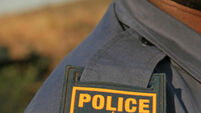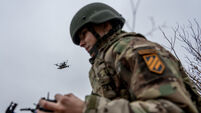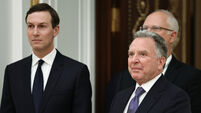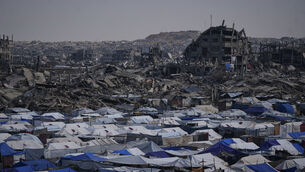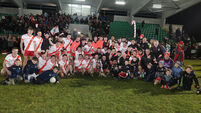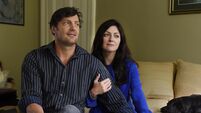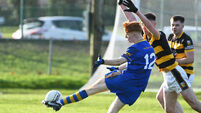Search for crash answers continues
Divers pulled a helicopter and four more bodies out of New York’s murky Hudson River in their search for victims, wreckage and explanations from the mid-air collision of a sightseeing helicopter and a light aircraft that killed nine people.
The dead from Saturday’s crash included three fathers and their three teenage sons. The private plane carried a family from Pennsylvania, and the helicopter held five Italian tourists celebrating a couple’s 25th wedding anniversary.







